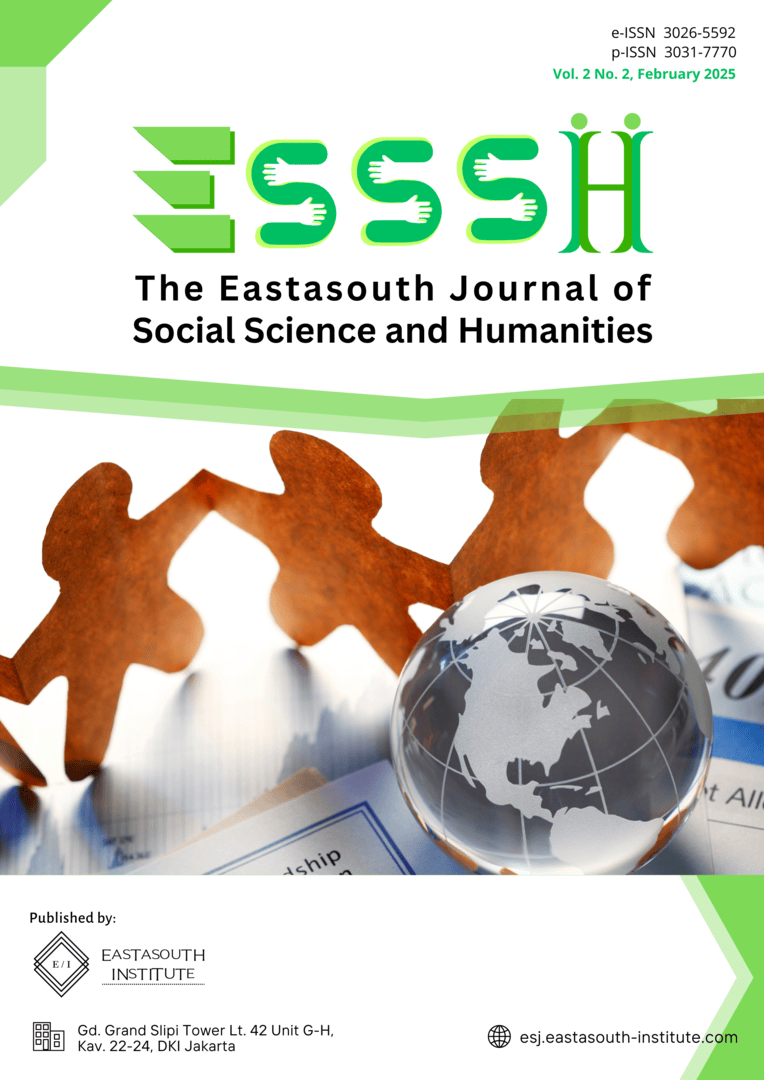Side Wage Model of State University Lecturers (Case Study at Mulawarman University)
Main Article Content
Abstract
This study aims to determine the effect of the working period of civil servant lecturers and education on work wages in side jobs (jobs outside the duties as civil servants) both directly, and through work productivity. The sample of 100 respondents was selected purvosively from the population of PTN lecturers at Mulawarman University who have a minimum education of S2 and group IIIc, by using regression analysis (Structural Model), the results showed that: (1) The working period of civil servants and formal education each had a positive and significant effect on the work productivity of lecturers. The implication is that the competence of lecturers is largely determined by educational factors and work experience. (2) However, only formal education has a significant effect on side job wages, while work experience and work productivity have no significant effect. Indicate that there is no other way to improve the additional employment income of lecturers, except by improving competence through further education.
Article Details

This work is licensed under a Creative Commons Attribution-ShareAlike 4.0 International License.
References
R. Thomas, R. McConnell, J. Whittacker, P. Kirkpatrick, J. Bradley, and R. Sandford, “Identification of mutations in the repeated part of the autosomal dominant polycystic kidney disease type 1 gene, PKD1, by long-range PCR,” Am. J. Hum. Genet., vol. 65, no. 1, pp. 39–49, 1999.
M. Posch and P. Bauer, “Adaptive two stage designs and the conditional error function,” Biometrical J. J. Math. Methods Biosci., vol. 41, no. 6, pp. 689–696, 1999.
A. Mehta, “Advertising attitudes and advertising effectiveness,” J. Advert. Res., vol. 40, no. 3, pp. 1–6, 2000.
G. S. Becker, “Human capital,” concise Encycl. Econ., vol. 2, pp. 1–12, 2002.
W. Wolter, “Procrastination’s Relation with Fear of Failure, Competence Expetency and Intrinsic Motivation,” Psychol. Bull., pp. 123–127, 2003.
K. Beegle and W. A. Stock, “The labor market effects of disability discrimination laws,” J. Hum. Resour., vol. 38, no. 4, pp. 806–859, 2003.
C. Belzil, “Job creation and job destruction, worker reallocation, and wages,” J. Labor Econ., vol. 18, no. 2, pp. 183–203, 2000.
J. K. Hellerstein, D. Neumark, and K. R. Troske, “Wages, productivity, and worker characteristics: Evidence from plant-level production functions and wage equations,” J. Labor Econ., vol. 17, no. 3, pp. 409–446, 1999.
S. Williamson, H. Taylor, and V. Weeratunga, “Working from home during COVID‐19: What does this mean for the ideal worker norm?,” Gender, Work Organ., vol. 31, no. 2, pp. 456–471, 2024.
R. C. Merton and P. A. Samuelson, “Continuous-time finance,” 1992.
C. Walsh, “Racial Taxation: Schools, Segregation, and Taxpayer Citizenship, 1869-1973,” Feb. 12, 2018, University of North Carolina Press. doi: 10.5149/northcarolina/9781469638942.001.0001.
V. Florian, M. Mikulincer, and G. Hirschberger, “The anxiety-buffering function of close relationships: evidence that relationship commitment acts as a terror management mechanism.,” J. Pers. Soc. Psychol., vol. 82, no. 4, p. 527, 2002.
G. A Bechtel, R. Davidhizar, and W. R. Spurlock, “Migrant farm workers and their families: Cultural patterns and delivery of care in the United States,” Int. J. Nurs. Pract., vol. 6, no. 6, pp. 300–306, 2000.
A. P. Mangkunegara, Evaluasi Kinerja Sumber Daya Manusia. Bandung: Refika Aditama, 2009.
G. Becker, “Human Capital: A Theoretical and Empirical Analysis, with Special Reference to Education (3ra ed.). University of Chicago Pres,” 1993.
D. R. Williams, “Consequences of self-employment for women and men in the United States,” Labour Econ., vol. 7, no. 5, pp. 665–687, 2000.
J. Bound and H. J. Holzer, “Demand shifts, population adjustments, and labor market outcomes during the 1980s,” J. Labor Econ., vol. 18, no. 1, pp. 20–54, 2000.
M. J. Packer and R. B. Addison, Entering the circle: Hermeneutic investigation in psychology. State University of New York Press, 1989.
G. L. Bach, R. J. Flanagan, J. Howell, L. Ferdinand, and A. Lima, Economics: analysis, decision making, and policy. Prentice-Hall, 1987.
G. Barlevy, “Why are the wages of job changers so procyclical?,” J. Labor Econ., vol. 19, no. 4, pp. 837–878, 2001.
J. T. Addison and P. Portugal, “Job displacement, relative wage changes, and duration of unemployment,” J. Labor Econ., vol. 7, no. 3, pp. 281–302, 1989.
S. Wheeler, “Regions, megaregions, and sustainability,” Reg. Stud., vol. 43, no. 6, pp. 863–876, 2009.
H. G. Bloemen and E. G. F. Stancanelli, “Individual wealth, reservation wages, and transitions into employment,” J. Labor Econ., vol. 19, no. 2, pp. 400–439, 2001.

